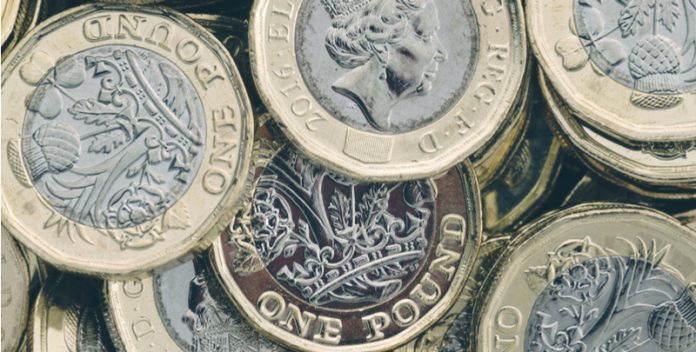GBP/AUD has extended gains on Friday after exploding 1.70% yesterday. Currently, one British pound buys 1.9466 Australian dollars, up 0.66% as of 7:05 AM UTC. Last month, the pair saw only four bullish sessions, including the one from yesterday. The first two trading days of April closed higher as well.
Yesterday, the price broke below 1.9000 for a few minutes and then it bounced back, surging over 1.5%.
The Aussie has weakened amid a series of disappointing economic data. The Commonwealth Bank of Australia said in a report released by IHS Markit that Australia’s manufacturing activity had experienced last month the worst decline in four years. Output and new orders dropped at new record rates. Employment in the manufacturing industry also declined significantly, while business sentiment fell to a record low.
The manufacturing purchasing managers’ index (PMI) fell to 44.1 in April from 49.7 in March, which is the lowest reading on record. The index comprises output, new orders, input inventories, employment, and delivery times.
AI Group Posts Worst Manufacturing Performance on Record
Separately, the Australian Industry Group (AIG) released its own measure of manufacturing activity performance. AIG’s manufacturing PMI tumbled to 35.8 in April, down from 53.7 in March. The 50 mark separates growth from contraction. This is the largest monthly decline on record. The index was first released 28 years ago. All sub-indexes plunged.
The Australian economy has been hit by the recent social distancing and lockdown measures imposed by the government to curb the spread of the coronavirus.
Manufacturers reported multiple issues that disrupted their activity level, including almost inexistent new sales due to shutdowns, supply chain problems, higher prices for raw materials, and many cancelling orders from clients.
Ai Group CEO Innes Willox commented:
“April 2020 was devastating for Australia’s manufacturers and their employees. Sales plummeted, new orders fell precipitously, production was culled and employment fell more steeply than at any time since the Australian PMI was first launched in 1992.”
He said that the steepest declines were in sectors covering clothing, textiles, footwear, paper & printing, building, wood, metal products, and machinery & equipment. The food & beverage products sector and the chemicals sector noted growth.
Australia also released its producer price index for the first quarter. Both the quarterly and annual rates fell 0.1% from previous levels.





